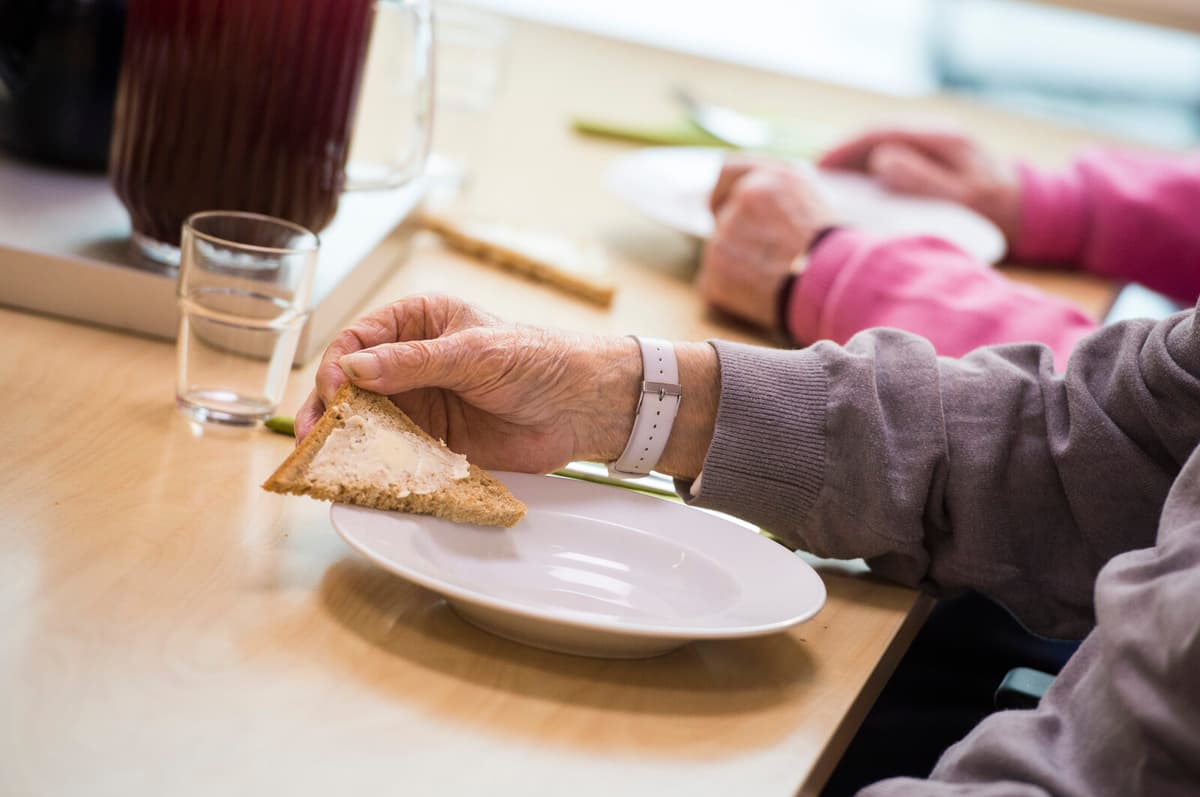On average, 114 grams per lunch portion were thrown away at municipal elderly housing during 2024. Since the food is prepared based on how many people live there, and their energy and nutritional needs, there is a risk that they will not get enough when food is thrown away.
It's serious. Food is not prepared in excess at elderly housing, but the portions are adapted, says Karin Fritz, food waste expert at the National Food Agency.
More portions
Statistics show that food waste at the elderly housing that reports to the National Food Agency is increasing. Why it looks like this is not clear, but one reason may be that food is served in large portions at lunch and dinner. Having routines where smaller portions are served at several times spread throughout the day could be better, according to Karin Fritz.
Appetite may not always be the best, and getting a large portion at once can be perceived as tough. If the same amount of energy and nutrition is divided into several smaller meals, it can lead to more being eaten, she says.
By individualizing meals and to a greater extent basing them on the residents' wishes and needs, more would likely be eaten, according to the National Food Agency's experts. This would in turn lead to reduced food waste.
Few keep track
That the elderly can have difficulty getting enough food that covers their nutritional needs is well known. That only 70 municipalities report food waste is a problem. In preschool and school, it is almost 200 municipalities that report how much food is thrown away.
And it's only 25 municipalities that actively follow up on consumption and find out how much food is eaten by measuring how much is served and how much is thrown away. You invest in food and personnel resources but do not find out what actually ends up in the stomachs, says Karin Fritz.





